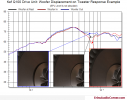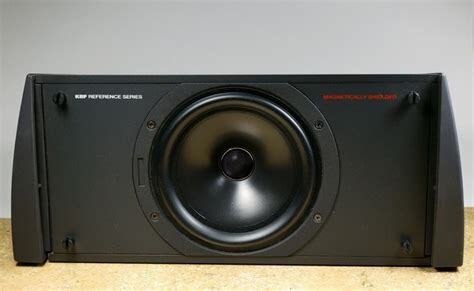On the face of it to exert some control over directivity in the transition region then yes it is.
It isn't just the width that determines the shape and frequency of these directivity effects, but the depth and edge treatment of both the front and back corners of the box. This quickly becomes quite complicated as reality tends to be.
Above as an example, this is the difference in a horizontal normalized polar between a 200mm and 400mm depth of cabinet, both have a 200mm wide baffle. The Linton shown above is about as deep as it is wide which is why the directivity has that single null at 150Hz. The diffraction from the back corners of the box is creating a mild super cardioid pattern. You can see it in this observation field at 400Hz.
The wider the box is in comparison to it's depth the more that effect is created. The deeper it is compared to the width the more it is supressed. Deep boxes and sharp corners push the main diffraction hump down in frequency but give more overall ripple.
Then the field looks like this in comparison at 400Hz


